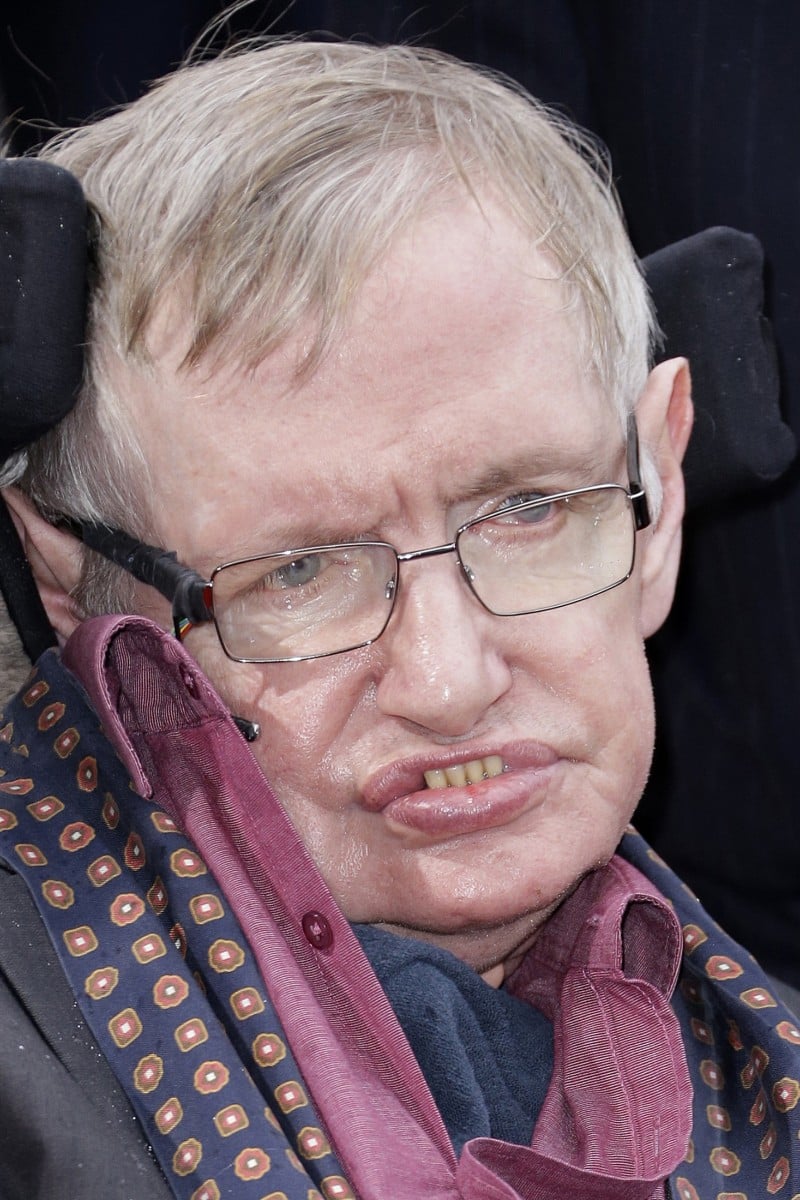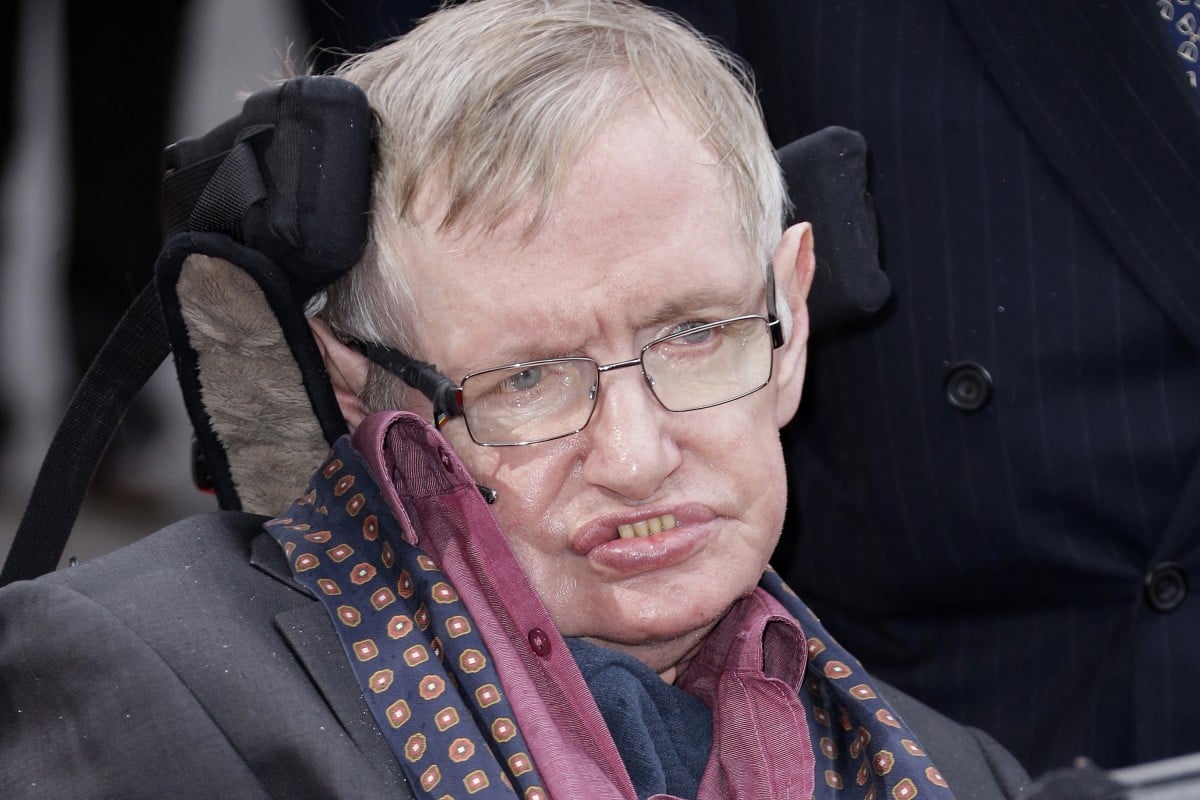
A brief history of Stephen Hawking’s life: The physicist who answered the big questions
The world-renowned physicist was perhaps best known for his book A Brief History of Time

World-renowned physicist Stephen Hawking died at the age of 76 in the early hours of March 14, 2018. Hawking, who was paralysed by motor neurone disease for more than 55 years, was known for his work on black holes, cosmology, and quantum gravity but was perhaps best known as the author of A Brief History of Time, which has sold more than 10 million copies since its publication in 1988.
It was a few months before his 1965 wedding to linguist Jane Wilde that the brilliant graduate research student fell down a flight of stairs at Cambridge University in London. Stephen Hawking had been growing increasingly unsteady on his feet and had begun to have difficulty with his speech. Doctors had declared the onset of amyotrophic lateral sclerosis, or ALS – a type of motor neurone disease – two years earlier when Hawking was 21.
Now came proof that the incurable condition, in which the body’s muscles – including those needed to keep breathing – gradually stop working, was getting worse. With an average survival rate of two or three years, Hawking did not expect to live long enough to finish his PhD.
In the decades since, Hawking challenged conventional thinking on many fronts, from his illness – his case is the most extended recorded for a person with ALS – to the origins of the universe itself. In 1974, Hawking, whose father had been a research biologist, put forward groundbreaking theories about the nature of black holes, areas of space-time with an intense gravitational pull from which nothing can escape.
Hawking argued that black holes were not completely dark and did, in fact, give off radiation, thereby providing the key to understanding how the universe was formed. He further argued that the cosmos was boundless and that its beginning was down to the laws of science, without any need for a creator or god. His insights earned him membership of the Royal Society – a fellowship of the world’s most eminent scientists – at the unusually young age of 32.
Following in the footsteps of Sir Isaac Newton, who 300 years earlier had discovered the law of gravity on which Hawking built his theories, he became Lucasian Professor of Mathematics at Cambridge in 1979, a post he would hold for the next 20 years. He might have remained celebrated only within academic circles had he not wished to share his knowledge with the public.
10 facts about Stephen Hawking you didn't know that may surprise you
A Brief History of Time was such an instant success that when the publishers, realising a photograph had been printed upside down, tried to recall it, they found all the books had been bought. Since then there have been several reprints with some 10 million copies sold. Hawking wrote that his goal was simple: “... complete understanding of the universe, why it is as it is, and why it exists at all.”
An emergency tracheotomy to save him from pneumonia robbed Hawking of the remains of his voice in 1985, and he became associated with a voice synthesiser which he operated with his cheek. His marriage to Jane, with whom he had three children, broke down after, as she put it, “fame and fortune muddied the waters and … took him way out of the orbit of our family.”
Hawking married his nurse, Elaine Mason, in 1995 but divorced her 11 years later amid claims, by other carers, that she had physically abused him. With his daughter, Lucy, Hawking published a series of science books for children, from whom he received many letters.
Hawking gained popularity outside the academic world and appeared in several TV shows including The Simpsons, Red Dwarf, and The Big Bang Theory. In 2014, his life story was portrayed in the award-winning film, The Theory of Everything.
